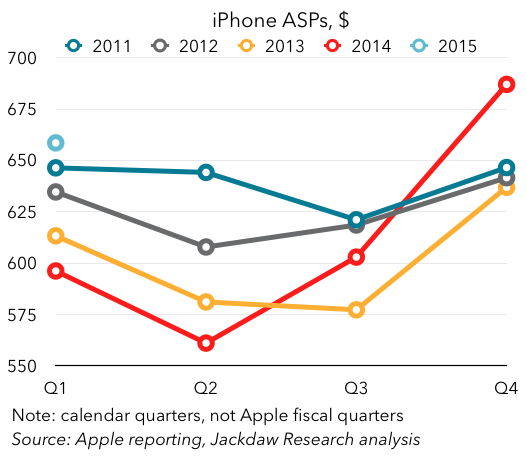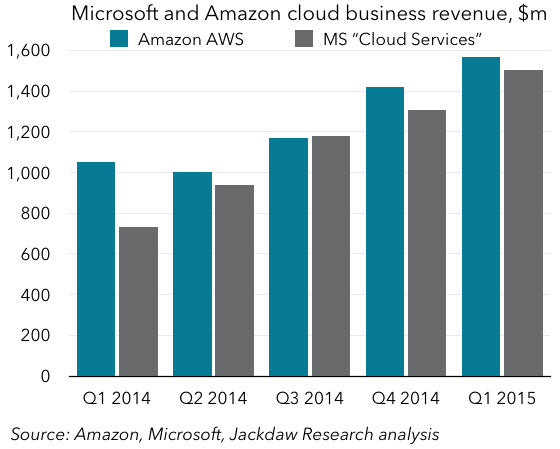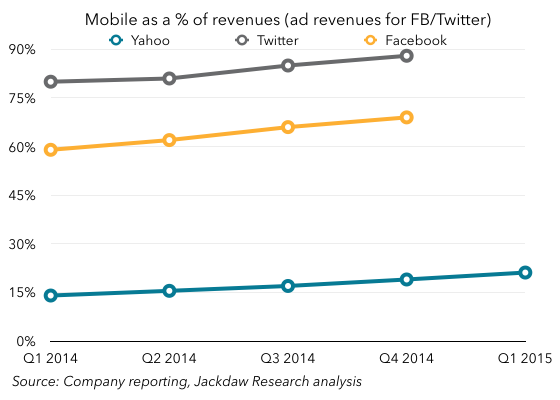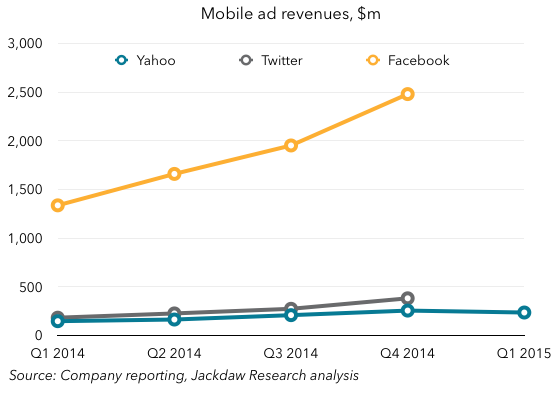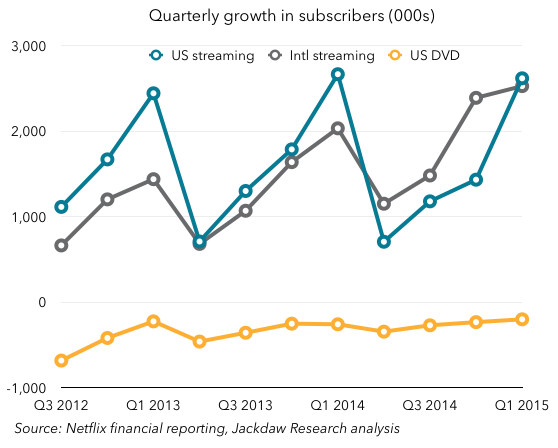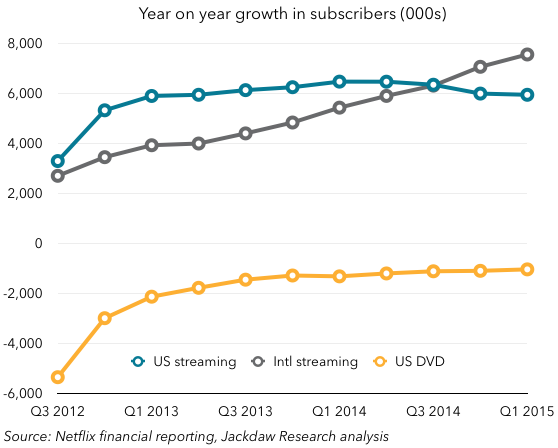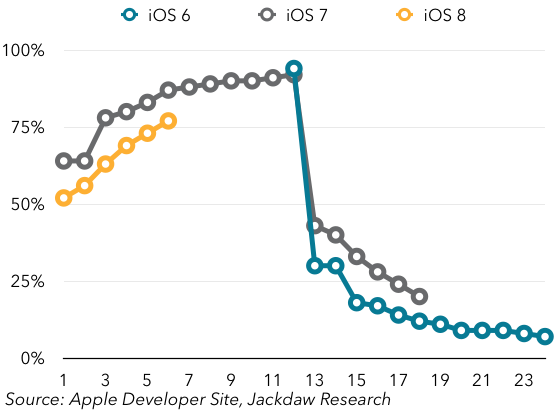With the Apple Watch becoming available for pre-order on Friday, it’s likely that we’ll see reviews of the device from a handful of people who’ve been given early access to the Watch at some point this week. I am not among them, but I wanted to share what I’m looking out for in these reviews when they do land, and which I think will make a big difference in how the Watch sells.
Notifications
I wrote a piece about Apple Watch and notifications a few weeks ago, and I think how the Watch handles notifications is critical, both because I think it’s an essential part of Apple’s position around intimate computing, but also because other smartwatches have handled notifications so badly. There are two ways to solve this notification problem:
- Pass fewer notifications to the wrist – i.e., allow users to filter those notifications they want to receive on their Watch compared with their phone, either by app or ideally even more granularly
- Deal with notifications better – allow users to manage these notifications more effectively when they do arrive. For example, notifications might arrive more discreetly, the user can dismiss them more easily, and/or the user can act on them effectively on the device. There are early indications that the Watch checks at least two of these boxes.
Battery life
I was tempted to put this first, because I think battery life on the Watch could put a huge damper on the success of the device if it’s not adequate. Given the reports we saw earlier this year, and Apple’s own public statements at the recent event about battery life, it’s still somewhat up in the air whether the broader group of users who now have their hands on the device will find it adequate. It’s clear it won’t last more than a single day for most users, but the question is whether it can effectively get through a whole day, especially for users with lots of notifications and other usage on the device. Related to all this is the experience of having to remove the Watch for charging nightly – does this end up being annoying, or is it something the user quickly gets used to?
Complexity / richness
These are two sides of the same coin. Following the Spring Forward event, a number of reporters worried that the Apple Watch was overly complex. That wasn’t my own experience, but I do think that the Apple Watch does far more at inception than the iPhone did, because it’s launching into a very different world. That could come across in two ways, however: as complexity, or simply as a rich experience. Complexity would manifest itself in user confusion, frustration, a sense of not being able to get things done. Richness would manifest itself in a sense of ease of use paired with a sense that there’s more to be discovered – in other words, the basic experiences work well and intuitively, but there’s more to the device than just those. It’s a tricky balance to strike, and so I’ll be looking out for how the early reviewers evaluate the Watch’s performance on this axis. The how-to videos on Apple’s Watch site suggest that there is a learning curve, but none of the interactions there look overly complex.
New interaction models
Closely tied to that, but also broader, is the introduction of new interaction models, both between the user and the Watch and between users wearing the Watch. The Digital Crown, Force Touch, and Digital Touch are all new on the Watch, and they need to work really well for users to embrace them and for interaction with the Watch to be both pleasant and engaging. But Force Touch is particularly interesting because it’s the only one of these three that’s likely to have applicability beyond the Watch. The new MacBook has a new touchpad which uses a similar concept and haptic feedback to simulate a click, which I found amazingly convincing. But there are also rumors (including new ones today) about future iPhones incorporating similar technology. If Force Touch works well on the Watch, it could be critical to future interactions on the iPhone and iPad as well, so it’s important that it works well.
Third-party Apps
It seems like every time I update my iPhone apps recently there’s a new update for an app that I use which adds Apple Watch compatibility. That’s a good sign, and suggests that there should be a pretty robust group of third-party apps available for the Watch both while reviews are happening and especially at launch. But it’s impossible for me to judge whether any of these apps are any good, and whether they add significantly to the experience I already enjoy with these apps on my phone. I’m curious to see whether there are enough of these apps, and whether they’re good enough to really give reviewers a sense of how much value they’ll add to the Watch. I think third-party apps will be a big part of what makes the Watch compelling, just as they have been for the iPhone and iPad, and so this is another key thing to look out for.
When the novelty wears off
The hardest thing for reviewers to gauge will likely be one of the most important factors in its ultimate success or failure – whether the Watch is compelling enough as an addition to the iPhone that its appeal lasts beyond the initial period when the novelty wears off. I don’t know how long reviewers will have had the Watch by the time they do their reviews, but it may well not be long enough to draw a conclusion on this. The Watch, like the iPad, lacks a single compelling selling point. Rather, I think each user will have to discover their own reasons why wearing one makes sense. I believe that the Watch’s success in the first year will depend heavily on the experience early adopters have with it, and how they communicate about this experience with their friends and family. If they find it compelling, they’ll be able to articulate the value proposition far better (and more convincingly) than any Apple ad or store associate could. And that will be key to Apple’s ability to go beyond the early adopters into the mainstream base of iPhone users.
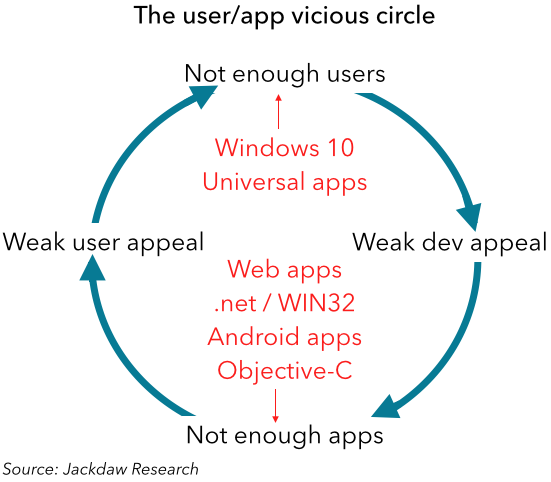 Continue reading
Continue reading 